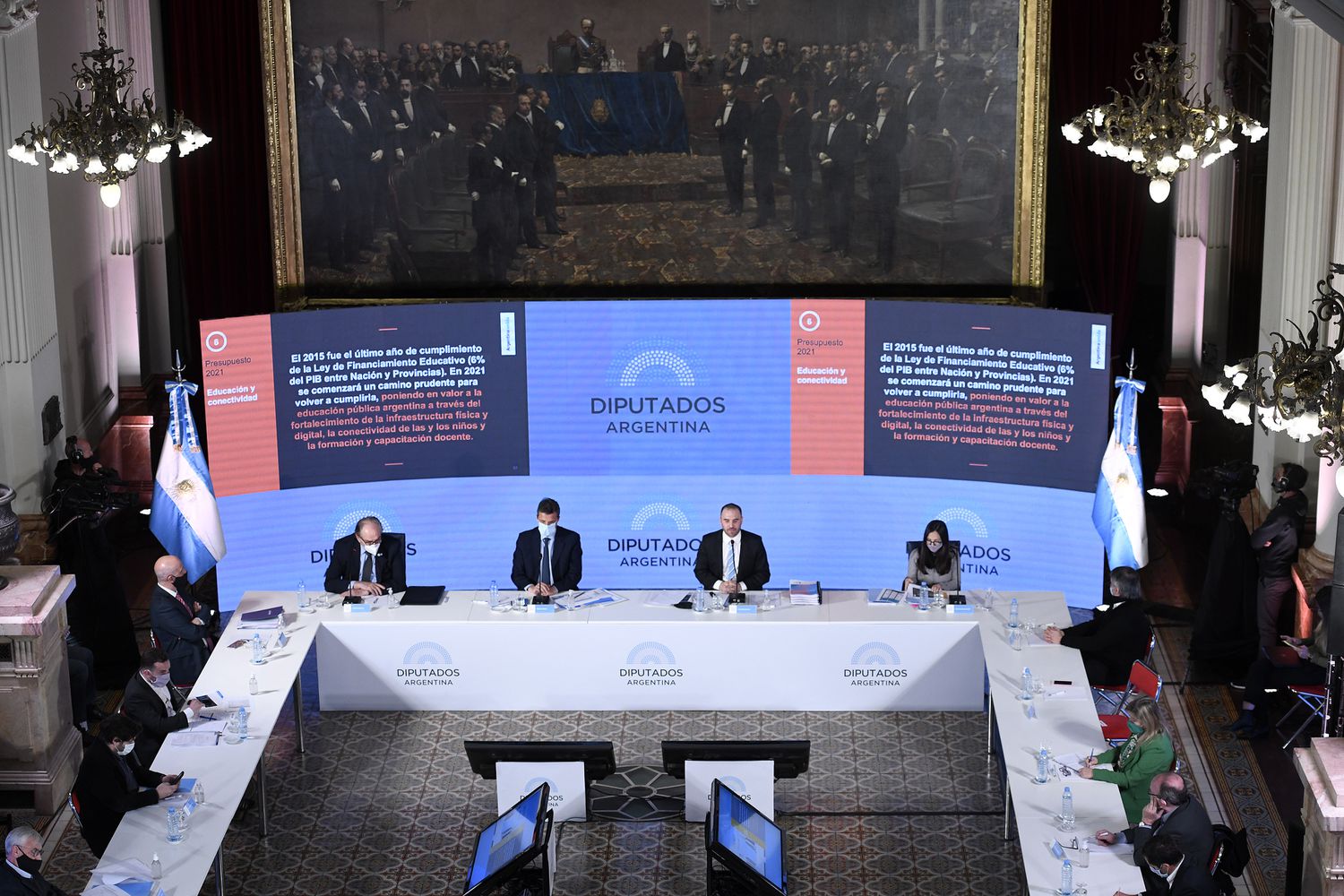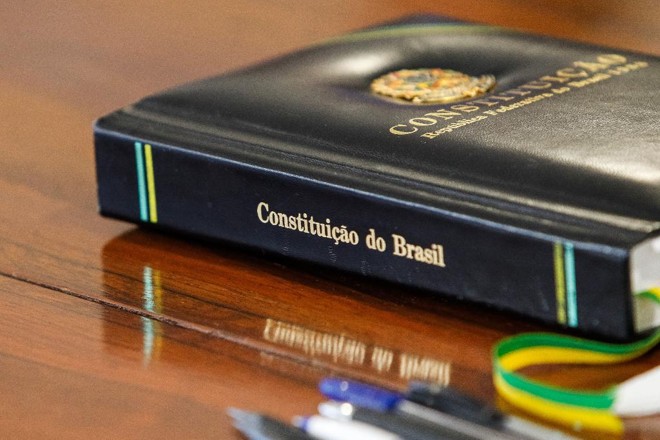by Claudia Pires de Castro, University of Vienna
Reviewed by Matheus Lucas Hebling
When I decided to go back to university and return to the initial line of my original academic education in the communication sciences, I came across two aspects that paved my research path.
First, returning to the field of communication science was like coming home after decades away from family and friends. Time, distance, and new experiences brought changes. However, it was not just me who changed after my travels through the surrounding areas of communication studies, such as business administration. The family had also changed and expanded.
Mass media in the Web 2.0 era, the emergence of Information and Communications Technology (ICT), and Social Networking Service (SNS), among other changes generated by the internet, brought radical changes to the communication model. The former vertical and unilateral communication of the mass media has been transformed into an individualized communication (where the receiver, who has now been transformed into a user, makes choices and intermediates his communication); bilateral (where the receiver-user interacts and gives feedback) and horizontal (where the receiver is also the sender).
These novelties have awakened in me an overwhelming desire to study the new paths and new perspectives that these changes could bring in the area of communication. How could these novelties be analyzed through traditional communication theories? What new theories could emerge?
To understand social media, I visited several concepts as Tim O’Reilly’s Web 2.0; user-generated content; Rosen’s observation about “the people formerly known as the audience“, Jenkin’s Convergence Culture; Benkler’s idea of peer production and cooperation; among many others.
Perspectives related to social media describe various forms of online sociability – communication, collective actions, communities, shares, collaboration, content generation, etc. Therefore, to understand social media, it is essential to have a conceptual understanding of these forms of sociability, which leads us to enter the field of research of social theory.
The second aspect refers to the events of the time. In 2016, when I started my master’s degree at the University of Vienna, Europe was at the height of the greatest migration crisis and the biggest humanitarian crisis faced since the Second World War. Discussions on migration and related topics were many: registration of (im)migrants, language learning, respect for local culture, adaptation and integration, the effects on second and third generations, etc. As an immigrant, I became interested in the subject, and when I got closer to understand it, I realized the importance of social networks in migration processes: from the migration planning, through integration in the host country, and, later, contact with the country of origin. Thus, I decided to focus my research in this field.
The Migration Phenomenon is not a new element of our civilization. It could be said that it is a phenomenon as old as humanity itself and if we look at migration from a broader perspective, we can see that it is not a purely demographic phenomenon, but a social process.
In the evolution of migration research, we can verify the development of theoretical approaches about the subject going from the Friedrich Ratzel and Leo Frobenius “trans-cultural diffusion”, through sociological and anthropological studies on the effects of migration observed by the Chicago School: Robert Park, William Thomas, Ernest Burgess; arriving at Fredrik Barth’s Ethnicity Theory, Thomas Eriksen and the Manchester School, among many other scholars.
The current transnational migrations are very different from previous migrations. Before, immigrants loosened their social and cultural relations with the countries of origin due to difficulties in communication and locomotion, assuming the economic, political, and cultural context of the host country. Today the transmigrant – due to the ease of locomotion, internet, and social media, etc. – can participate simultaneously in the two poles of the migratory movement, making a pendular movement between them.
Thus, today’s transnational migrants belong to a very particular group. They live their experience of belonging from the doubly indefinite social condition due to the partial integration in the social life of their country of origin and the country of reception. Therefore, constituting something close to minorities that Appadurai understands as belonging to a gray area, uncomfortable and precariously situated between citizens proper and humanity in general.
As a host country, Brazil has been studied for a few years. Several scientific works have already been published on German, Italian, Japanese migration, among many other nationalities. However, the study on the Brazilian diaspora is a little more recent. Between the mid-1990s and the beginning of the year 2000, Margolis and Martes published books on the diaspora of Brazilians in the United States. In 2010, the I. Seminar of Studies on Brazilian Migration in Europe was held in Barcelona. Since then, research on Brazilian transmigrants has been expanded. Researchers like Cogo, ElHajji, Brignol, and Barth bring to light the reality of these now connected diasporas and social media users.
In my attempt to contribute to an understanding of the Brazilian diaspora, I first studied the impacts of closed Facebook groups on the integration of Brazilian (im)migrants in Austria. One of the aspects observed in this study concerns the differences in the integration processes of diasporas who work or study about those who are not involved in these types of activities. The former reported an experience of better integration compared to the latter. Significantly positive correlations were also found between both occurrences of a) integration and perception of opportunities and b) integration and perception of difficulties in the interviewees’ experiences. Both in the manifestations of perception of the opportunities and difficulties of better-integrated diasporas and in situations in which integration is faced with the embarrassments resulting from participation restricted to the social life of the host country, activity in social networks and social media appears as one among others possible anchorages to the (im)migrant’s ambivalent existential condition.
Unfortunately, media studies about immigrants do not seem to be as common as other areas of migration studies. In particular, media studies about the different ways in which the internet and social media are used in daily life and political participation by this social group, which find in these tools powerful instruments for the constitution of networks of support, reception, and societal participation. Despite being a very relevant issue, as political participation is one of the most central issues for understanding contemporary representative democracy, this is an aspect that has not yet received the attention it deserves.
I intend to continue to contribute to a better understanding of Brazilian diasporas by researching now the effects of deterritorialization on the perception of citizenship and the civic and political participation of these people on social networks.
More
Appadurai, A. (2006). Fear of small numbers: An essay on the geography of anger. Duke University Press.
Bauböck, R., & Faist, T. (2010). Diaspora and transnationalism: Concepts, theories and methods. Amsterdam University Press.
Cardoso, G. (2008). From mass to networked communication: Communicational models and the informational society. International Journal of Communication, 587-630.
Fuchs, C. (2017). Social media: A critical introduction. Sage.
Giddens, A. (2003). A constituição da sociedade. Martins Fontes.
Komito, L. (2011). Social media and migration: Virtual community 2.0. Journal of the American society for information science and technology, 62(6), 1075-1086.
Rosen, J. (2008). The people formerly known as the audience. In Participation and media production: Critical reflections on content creation. Cambridge Scientific Publishers Ltd.
Teorell, J., Torcal, M., & Montero, J. R. (2007). Political Participation: Mapping the Terrain. In J. van Deth, J.R. Montero & A. Westholm (Eds.), Citizenship and involvement in European democracies: A Comparative Analysis, 334 – 357. Routledge
Wang, W. C., Huang, T., Huang, S. C., & Wang, L. J. (2009). Internet Use, Group Identity, and Political Participation among Taiwanese Americans. China Media Research, 5(4).







